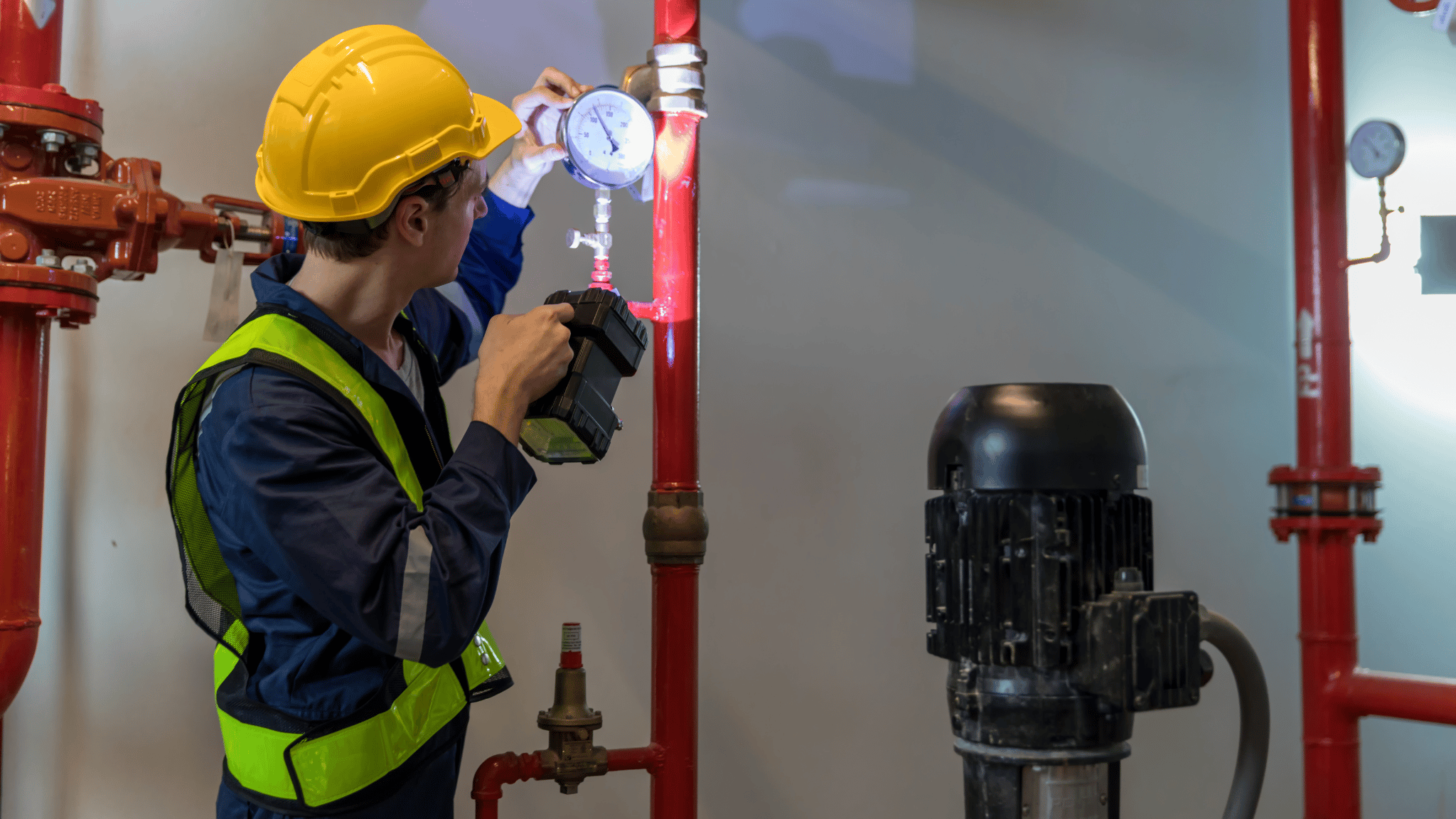Passive Fire Certification
Passive Fire Certification - Who Needs It And What’s Involved
Passive fire certification isn’t just about ticking a compliance box, but about ensuring your building is safe, up to code, and protected for the long haul. Whether you’re a builder, facility manager, certifier, or property owner, understanding what’s involved in certification (and who’s responsible for it) is essential.
At 2Code Fire & Build, we provide third-party certification and end-to-end support for residential, commercial and industrial buildings across Queensland. With over 50 years of combined experience in construction and fire safety, our team makes compliance straightforward, without cutting corners.

What Is Passive Fire Certification?
Passive fire certification is the process of inspecting, verifying and formally approving that your fire-rated systems - such as walls, ceilings, structural steel, and penetrations - have been installed in line with tested systems and the required Fire Resistance Level (FRL).
It’s a legal requirement under the National Construction Code and a vital safeguard in the event of a fire. Passive systems aren’t there to activate - they’re always on, silently protecting people, assets and structure.
Who Needs Passive Fire Certification?
Certification is required for:
- New construction projects requiring occupancy certification
- Rectification of existing non-compliant fire systems
- Facilities undergoing upgrades or extensions (especially aged care, hospitals, and schools)
- Strata and building managers needing annual fire safety compliance
- Builders and project managers seeking Form 12 documentation
At 2Code Fire & Build, we’ve certified passive systems in homes, high-rises, aged care facilities, hospitals, universities, commercial tenancies and government buildings from Brisbane to Bundaberg, the Sunshine Coast to Toowoomba.
What’s Involved In The Certification Process?
We take a thorough and transparent approach to fire safety certification. Our process includes:
- Initial Audit - Reviewing the current systems, installation methods and compliance documentation.
- Defect Reporting - Identifying any issues that may impact certification, along with practical rectification advice.
- Site Visits - One to three visits throughout the project, depending on scope and complexity.
- Final Certification - Once compliant, we issue third-party certification and Form 12 documentation, with clear photo evidence, penetration registers and baseline data if required.
We also carry out certification for existing buildings where no original documentation is available. In these cases, we reverse-engineer the compliance process to ensure the systems meet required performance levels.
Why Choose Us?
Led by Andrew Schiffke, a QBCC-registered builder and experienced fire certifier, our team understands both sides of the industry: the technical requirements and the real-world demands of building. We work in active sites, including hospitals and aged care facilities, with minimal disruption and full professionalism.
As proud members of Master Builders Queensland and the Fire Protection Association Australia, we take pride in delivering certification that stands up to scrutiny, backed by decades of on-site knowledge and an unwavering commitment to quality workmanship.
Working on a project that needs passive fire certification? Let’s make sure it’s done right the first time. Call 2Code Fire & Build and get the peace of mind that comes from partnering with Queensland’s leading passive fire protection building specialist.


